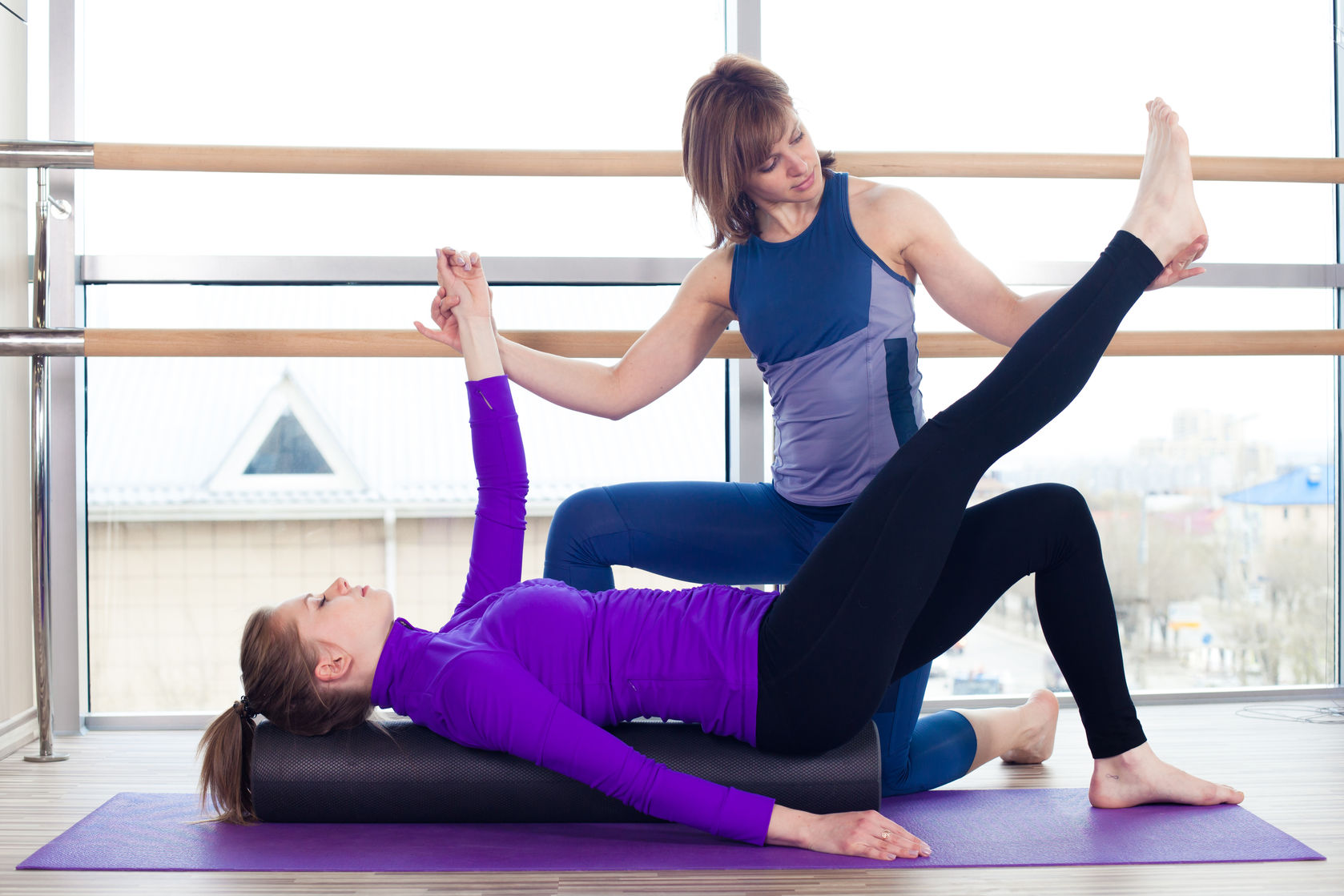Pilates is one of the most popular forms of exercise worldwide. It is a mind-body conditioning exercise program that utilises a variety of different exercises to improve core muscle awareness and strength as well as posture, balance and flexibility. Pilates classes are taught by a variety of different instructors in various locations. A lot of Pilates classes are taught in fitness centres by fitness instructors and may not be specifically targeted to different populations or injuries/physical limitations.
Clinical Pilates combines traditional Pilates exercises with the knowledge and skills of a physiotherapist (or other suitably qualified health professional). This enables the physiotherapist to specifically choose, modify or adjust exercises that meet an individual’s needs based on careful observation and clinical assessment. The specific choice of exercises can be the difference between an exercise program that is effective and one that is not or has a potential for increased injury risk. Clinical Pilates teaches body awareness, optimal posture and movement patterns, flexibility, improved balance and reaction time as well as improved local and global muscle strength.
At Hinteractive Physio, we offer clinical Pilates in either a mat or equipment (Pilates reformer machine) based setting. Clinical Pilates is generally suitable for most people, however those who find it difficult to get on and off the ground, may prefer the Pilates equipment classes. Classes run for just under 60 minutes and if clinically required for injury or condition management may be claimed through your health fund. You will need to make an appointment with a physiotherapist for a Pilates assessment. During this assessment, the physiotherapist will take a history of current and past conditions, assess your physical limitations or requirements for optimal functioning, assess your core muscle activation and control levels, and teach you the basic terms and positions that you will require for your Pilates program. This initial Pilates assessment is claimable through your private health insurance. If you have any questions regarding clinical Pilates or if it may be of benefit to you, please contact our friendly staff on 5442 5556 or drop in to the clinic at 3/11 Garnet Street Cooroy. Alternatively, a current timetable and class information is available on our website: www.hinteractivephysio.com.au

